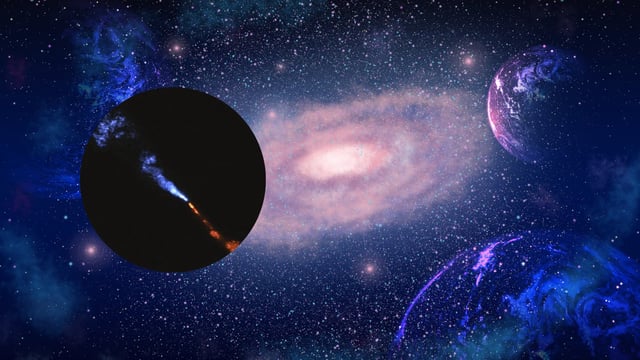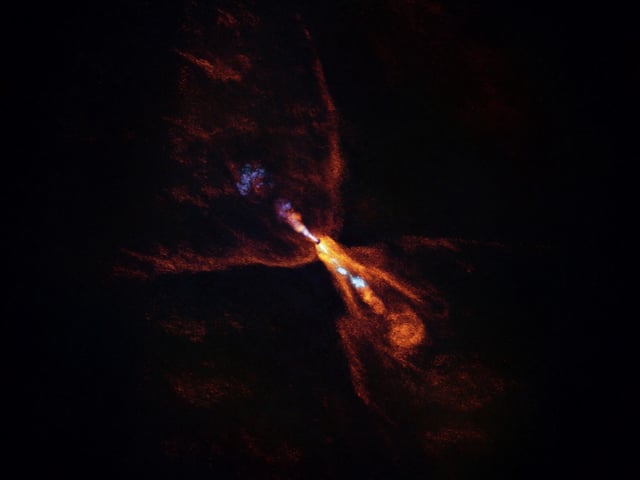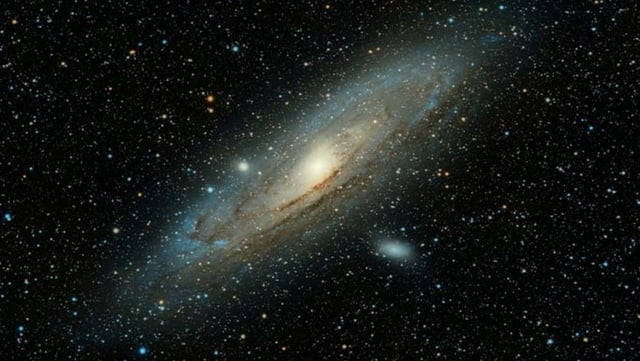Overview
- An international team led by Melissa McClure published a July 16 Nature paper identifying gaseous silicon monoxide and nascent crystalline silicates around the proto-star HOPS-315.
- High-resolution data from ALMA and the James Webb Space Telescope revealed hot mineral grains condensing in a narrow disk region analogous to the asteroid belt at temperatures above 1,300 °C.
- This discovery marks the first observation of the ‘zero moment’ when solid particles begin to form in a protoplanetary disk beyond our Solar System and provides a direct analogue to early Solar System processes.
- HOPS-315 is a 100,000–200,000-year-old proto-star roughly 1,300 light-years away in Orion whose disk conditions mirror those that seeded Earth’s earliest planetesimals.
- Researchers plan follow-up ALMA and JWST surveys of other young stars to test whether hot mineral condensation is a universal first step in planet formation.


